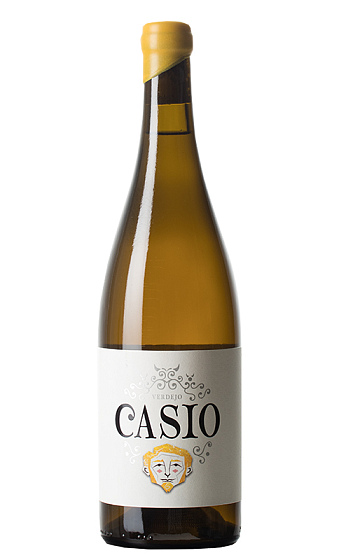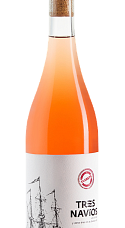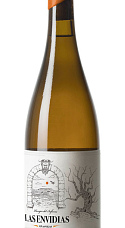Casio 2014
Informações de produto
Vinha e preparação
Avaliação dos peritos
To close the trilogy of traditional whites from old vines from, Rueda Beatriz Arranz found a plot of extremely old, ungrafted Verdejo that she started recovering in 2013 to produce the 2014 Casio (the third human in hell according to Dante's Divine Comedy with Judas and Brutus, the other two wines) aiming at showing what Verdejo was before what she calls the "attack of the clones" in Rueda. Of course, the wine does not carry the Rueda appellation. It fermented in 300- and 500-liter oak barrels with indigenous yeasts where it matured for one year, followed by five months in stainless steel vats. It's still a little reduced, and needs time to take off. This comes from the same village as the Palomino, and in 2014 the vines were still recovering from being semi-abandoned. It's a little ripe, but the real difference has to be found in the palate. The soils are very sandy and that lends the wine a kind of tannic sensation, while it keeps very tasty. This is just great for a first effort, and to show the potential of those old vines. I also previewed the 2015, still not clarified and unbottled, and the palate made me think of some skin contact, but the wine had none, so it must be just the power and concentration of the old vines, and when you start recovering abandoned wines they tend to come back with less leaves and low yields, and the grapes tend to achieve good ripeness irrespective of the year. And 2015 was dry and warm anyway. This does not yet have the balance of Barco del Corneta. 1,600 bottles were filled in January 2016.
"Dried yellow apples and toasty notes on the nose and palate. Some dried grass, too. Full body, excellent and rich fruit and a clean finish. A blend from palomino, viura and verdejo. Drink now."









Personalmente lo desaconsejo y es la segunda experiencia no satisfactoria con esta bodega, más allá de la puntuación Parker. Extraño.
Me ha encantado, con personalidad propia y muy auténtico. Adoro los vinos que aportan cosas buenas distintas, pero que parecen clásicos.
Es un buen caldo, con un bonito color dorado, potente, amargo y equilibrado; aunque para mi gusto algo justo de complejidad y personalidad.